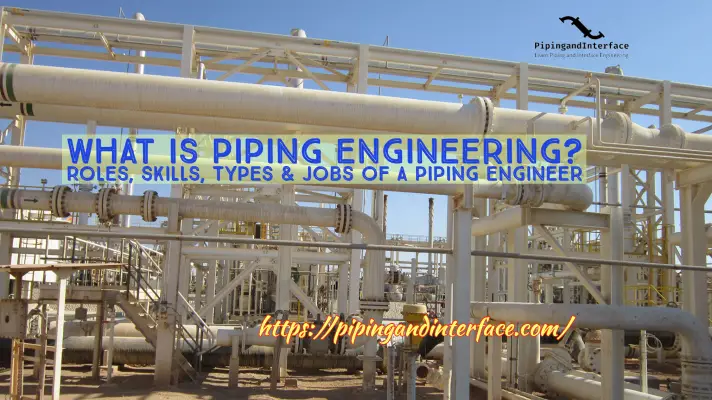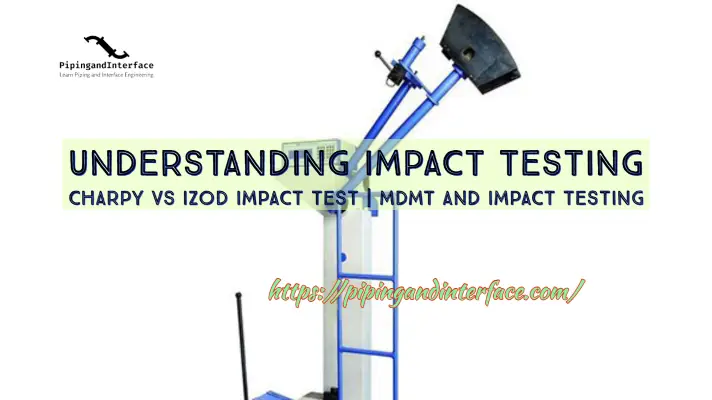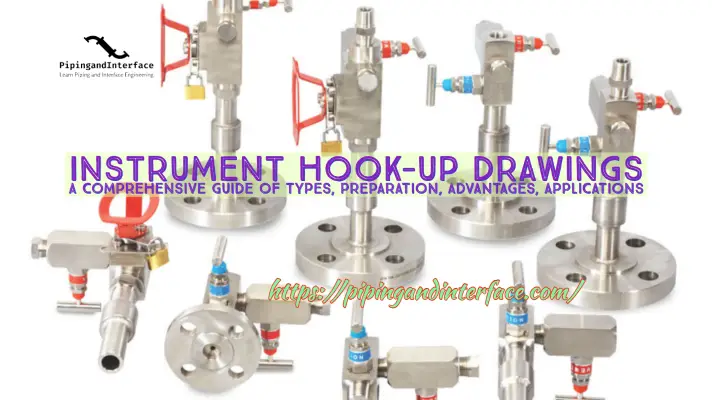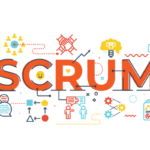A technical query (TQ) in engineering refers to a written request for clarification or additional information related to a technical aspect of a project or product. In the engineering context, TQs are typically used to resolve issues or discrepancies that arise during the design, construction, or operation of a project. They may be initiated by engineers, contractors, subcontractors, or other stakeholders involved in the project.
TQs are often used to clarify technical details that are not well-defined or have conflicting information. They may also be used to request additional information or documentation, such as test reports or design calculations.
TQs typically follow a standardized format and include information such as the project name, the party submitting the TQ, the specific technical question or issue, and the requested action or response. The TQ is then reviewed by the appropriate party, and a response is provided that addresses the question or issue raised in the query.
Advantages of Technical Query
The benefits of using technical queries in engineering include:
- Clarification: Technical queries allow for clarification of technical details and requirements, which can help prevent misunderstandings and errors. This can help ensure that the project meets its specifications and requirements.
- Risk Reduction: Technical queries can help reduce project risks by identifying and addressing technical issues early on in the project before they become more significant and costly to resolve.
- Improved Communication: Technical queries promote effective communication between project stakeholders by providing a formalized process for raising and addressing technical issues. This can help ensure that everyone is on the same page and working towards the same goals.
- Documentation: Technical queries and their corresponding responses provide a record of technical decisions and actions taken during the project. This can be valuable in the future for audits, reviews, and disputes.
- Cost Savings: Resolving technical issues through technical queries can be more cost-effective than waiting until later in the project when changes may be more difficult and expensive to implement.
Overall, technical queries are an important tool in ensuring that engineering projects are completed successfully, safely, and efficiently.
Technical Query Procedure
The procedure for a technical query (TQ) can vary depending on the organization and project requirements. However, a general procedure for a technical query may include the following steps:
- Identify the technical issue: The first step is to identify the technical issue that needs clarification or resolution. This could be a discrepancy, ambiguity, or lack of information in the project documentation.
- Raise the TQ: Once the technical issue is identified, a TQ is raised with the appropriate party or person. This could be the project manager, the design engineer, or the technical authority.
- Provide details: The TQ should include detailed information about the technical issue, such as the project name, the specific section or document in question, and the specific question or issue that needs clarification.
- Review and response: The TQ is then reviewed by the appropriate party, and a response is provided. The response should address the question or issue raised in the TQ and provide a clear and concise explanation or solution.
- Approval and implementation: If the response provided is satisfactory, the TQ is approved, and any necessary actions or changes are implemented. If further clarification is needed, another TQ may need to be raised.
- Documentation: All TQs and their corresponding responses should be documented and stored for future reference. This can be useful for audits, reviews, and disputes.
It’s important to note that the exact procedure for a technical query may vary depending on the project and organization. Some organizations may have specific TQ forms or templates that need to be used, while others may have specific review and approval processes. It’s important to follow the specific procedures and guidelines set forth by the organization to ensure that the TQ process is followed correctly.
Types of Technical Queries
There are several types of technical queries (TQs) that may be used in engineering and construction projects. Here are a few examples:
- Design clarification: This type of TQ is used to clarify design details or specifications that may be unclear or ambiguous. For example, a TQ may be raised to clarify the type of material to be used or the dimensions of a particular component.
- Scope clarification: This type of TQ is used to clarify the scope of work or the responsibilities of various parties involved in the project. For example, a TQ may be raised to clarify who is responsible for installing a particular component.
- Material clarification: This type of TQ is used to clarify the properties or characteristics of a particular material or product. For example, a TQ may be raised to clarify the strength or durability of a particular type of concrete.
- Method clarification: This type of TQ is used to clarify construction or installation methods. For example, a TQ may be raised to clarify the proper method for installing a particular type of electrical conduit.
- Coordination clarification: This type of TQ is used to clarify coordination issues between various parties involved in the project. For example, a TQ may be raised to clarify the schedule for a particular activity or to coordinate access to a particular area.
- Cost clarification: This type of TQ is used to clarify cost-related issues, such as pricing or billing discrepancies. For example, a TQ may be raised to clarify the cost of a particular item or service.
These are just a few examples of the types of technical queries that may be used in engineering and construction projects. The specific types of TQs used will depend on the nature of the project and the issues that arise during its execution.
Again, depending on the technical query workflow they can be classified into the following three groups:
- Incoming Technical Query – Initiated by the contractor to request information from the originating company.
- Outgoing Technical Query – Initiated by the originating company to request information from the contractor.
- Internal Technical Query – Initiated within the organization, company, or contractor to request information across departments or disciplines.
Technical Query Workflow
The workflow of a technical query (TQ) can vary depending on the organization and project requirements. However, a general workflow for a technical query may include the following steps:
- Identification: The first step in the TQ workflow is to identify the technical issue that needs clarification or resolution. This could be a discrepancy, ambiguity, or lack of information in the project documentation.
- TQ Submission: Once the technical issue is identified, the TQ is submitted to the appropriate party or person. The TQ should include detailed information about the technical issue, such as the project name, the specific section or document in question, and the specific question or issue that needs clarification.
- Review and Response: The TQ is then reviewed by the appropriate party, and a response is provided. The response should address the question or issue raised in the TQ and provide a clear and concise explanation or solution. This may involve additional investigation or research to provide a satisfactory response.
- Approval: If the response provided is satisfactory, the TQ is approved, and any necessary actions or changes are implemented. If further clarification is needed, another TQ may need to be raised.
- Documentation: All TQs and their corresponding responses should be documented and stored for future reference. This can be useful for audits, reviews, and disputes.
- Closure: Once the TQ has been resolved, it should be closed out and any necessary actions or changes should be implemented. This may involve updating project documentation or communicating the resolution to relevant stakeholders.
It’s important to note that the exact workflow for a technical query may vary depending on the project and organization. Some organizations may have specific TQ forms or templates that need to be used, while others may have specific review and approval processes. It’s important to follow the specific procedures and guidelines set forth by the organization to ensure that the TQ process is followed correctly.
Technical Query Format
The format of a technical query may vary depending on the organization and project requirements. However, a typical technical query may include the following information:
- Query number: A unique identifier for the query.
- Project details: Information about the project, such as project name, project number, location, and contact details.
- Query details: A clear and concise description of the technical issue or requirement that requires clarification or resolution.
- Reference documents: A list of relevant documents, such as drawings, specifications, standards, or codes, that are related to the technical issue.
- Proposed solution: If the person raising the query has a proposed solution, it can be included in the query.
- Impact: Information about the impact of the technical issue on the project, such as the cost, schedule, quality, safety, or performance.
- Response deadline: The date by which a response to the technical query is required.
- Contacts: Contact information for the person raising the query and the person who will provide the response.
When deciding on the format for a technical query, several parameters should be considered, including:
- Organization and project requirements: The format of a technical query should be in line with the procedures and guidelines set forth by the organization and project requirements.
- Clarity and conciseness: The format of the technical query should be clear and concise, making it easy for the recipient to understand the issue and respond appropriately.
- Relevance: The format of the technical query should include all relevant information related to the technical issue, including reference documents, proposed solutions, and impact.
- Communication medium: The format of the technical query should be appropriate for the communication medium, whether it’s a written document or an electronic format such as email.
- Query tracking: The format of the technical query should allow for easy tracking and management of the query, including assigning unique identifiers, tracking responses and deadlines, and archiving completed queries.
- Response time: The format of the technical query should clearly specify the response time required, which may vary depending on the urgency of the technical issue.
- Contacts: The format of the technical query should include clear contact information for the person raising the query and the person who will provide the response.
Technical Query vs RFI
Technical Queries (TQ) and Request for Information (RFI) are both used in engineering and construction projects to clarify technical issues and resolve disputes. However, there are some differences between the two:
- Purpose: The primary purpose of a TQ is to seek clarification on a specific technical issue or requirement, whereas an RFI is used to request information or clarification on a broader range of issues, such as project scope, schedule, or contract terms.
- Format: TQs are typically submitted using a specific form or template and are directed to a specific party or person who is responsible for providing the response. In contrast, RFIs are typically submitted in a more informal manner, such as an email or letter, and may be directed to multiple parties.
- Response Time: TQs are generally more urgent and require a faster response time than RFIs. This is because TQs are usually related to specific technical issues that need to be resolved quickly to avoid project delays or errors. In contrast, RFIs may be more general in nature and have a longer response time.
- Level of Detail: TQs are usually more detailed and specific than RFIs. This is because TQs are focused on a specific technical issue and require a detailed response that addresses the issue directly. In contrast, RFIs may be more general and may require a less detailed response.
- Resolution: TQs are usually used to resolve technical issues, while RFIs are used to gather information or clarify issues. This means that TQs may result in specific actions or changes being made to the project, while RFIs may not necessarily lead to any changes.
It’s important to note that the exact differences between TQs and RFIs may vary depending on the organization and project requirements. Some organizations may use the terms interchangeably, while others may have specific definitions and procedures for each. It’s important to understand the specific procedures and guidelines set forth by the organization to ensure that the TQ and RFI process is followed correctly.
Technical Query vs Site Query
Site Query and Technical Query are two types of queries that are commonly used in engineering and construction projects. The main differences between these two types of queries are:
- Purpose: The purpose of a Site Query is to seek clarification or resolution of site-related issues, while the purpose of a Technical Query is to seek clarification or resolution of technical issues.
- Focus: Site Queries are generally focused on site-related issues such as site access, safety, logistics, and coordination, while Technical Queries are focused on technical issues such as design, specifications, materials, and installation.
- Initiator: Site Queries are usually initiated by the construction or site management team, while Technical Queries are initiated by the design or engineering team.
- Response Time: Site Queries may require a faster response time compared to Technical Queries because they may be related to on-site activities that need to be addressed quickly to avoid project delays or safety hazards.
- Format: Site Queries may be submitted in a more informal manner compared to Technical Queries. This is because they may be related to on-site activities that require quick action and may not necessarily require a detailed written response.
It’s important to note that the exact differences between Site Queries and Technical Queries may vary depending on the organization and project requirements. Some organizations may have specific definitions and procedures for each, while others may use the terms interchangeably. It’s important to understand the specific procedures and guidelines set forth by the organization to ensure that the Site Query and Technical Query process is followed correctly.








Nice illustration